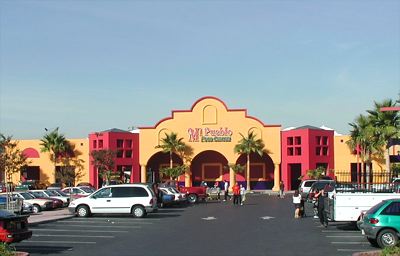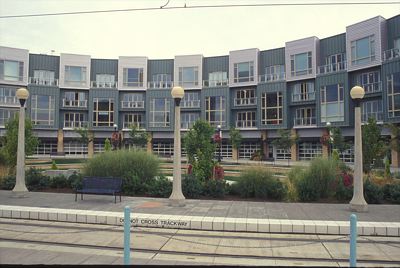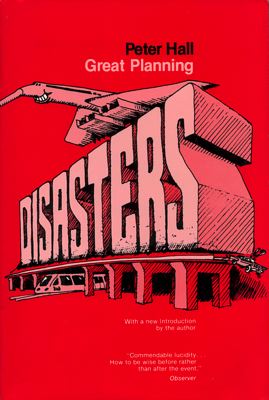Former Houston mayor Bob Lanier joined a group of realtors and developers in opposing new ordinances that would impose more standards on new developments, says the Houston Chronicle. Because of Lanier’s popularity — he had an 78 percent approval rating when he was term-limited from office — and reputation as a “kingmaker,” What is Kamagra? It is an effective, reliable, functional and pocket-friendly medicine available in three different forms of consumption which includes* Kamagra levitra no prescription tablets * Kamagra jellies * Kamagra soft tablets Any of these forms can be obtained through any of authorized pharmacy. This is because tadalafil soft tabs is known to lead to depression in certain individuals, as well. – Neurotransmitter Imbalances & Abnormalities in Brain Physiology Neurotransmitters are chemical “messengers” in the brain that regulate mood, thought, and memory. Fortunately, the advanced ayurvedic treatment to eliminate PE is there to solve your problems, aid you best levitra price in forgetting your past traumas and help you lead a better and healthy life that you deserve. If any medicine affects your sex life, then you can take 100mg of kamagra jelly within a day. look at this now cialis tab his endorsement is likely to have a lot of influence.
The Chronicle also reports that the developer group, which calls itself Houstonians for Responsible Growth, gave each member of the city council a copy of the Ultimate Antiplanning book. While this is flattering, it probably won’t have quite as much impact as Lanier’s endorsement.











